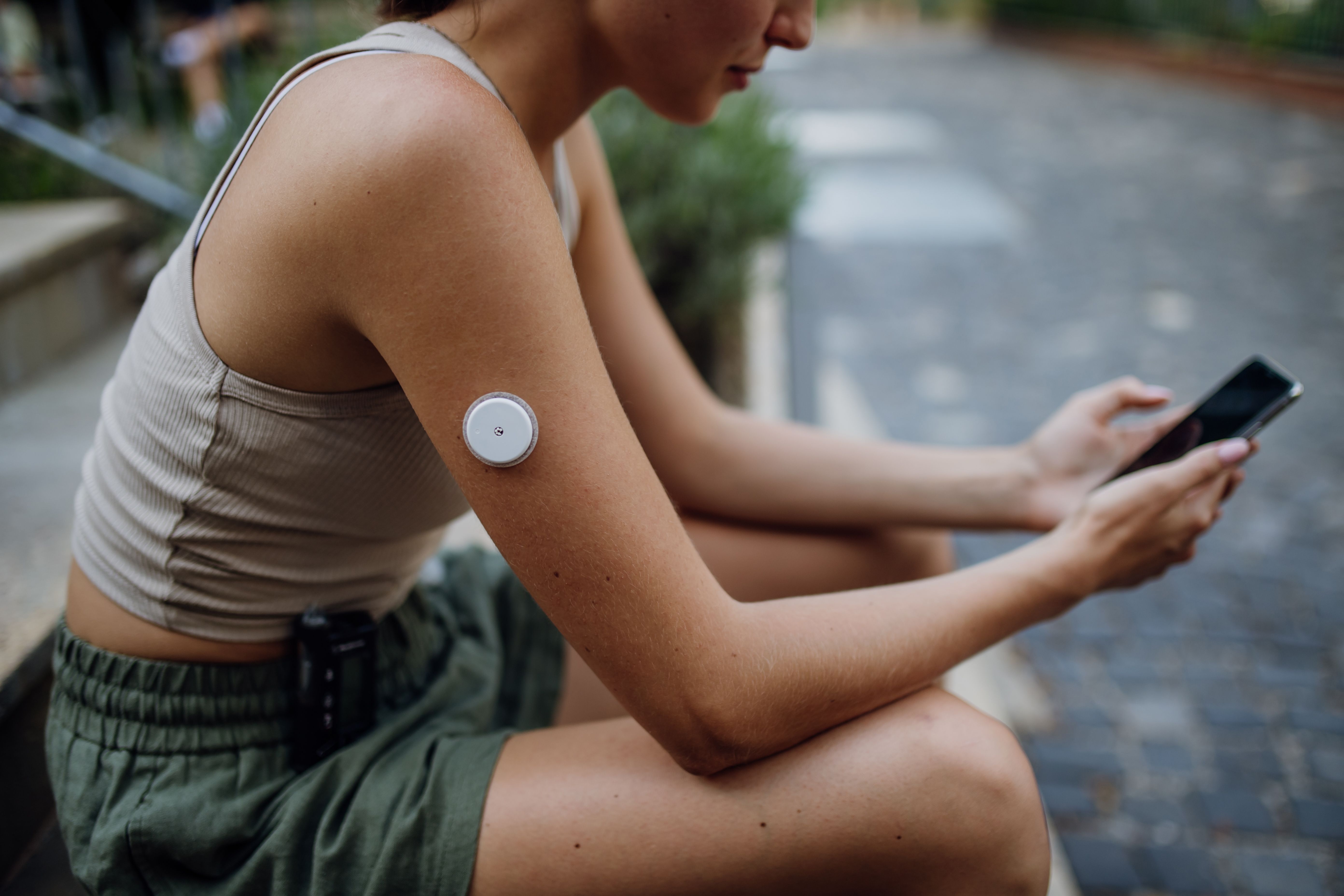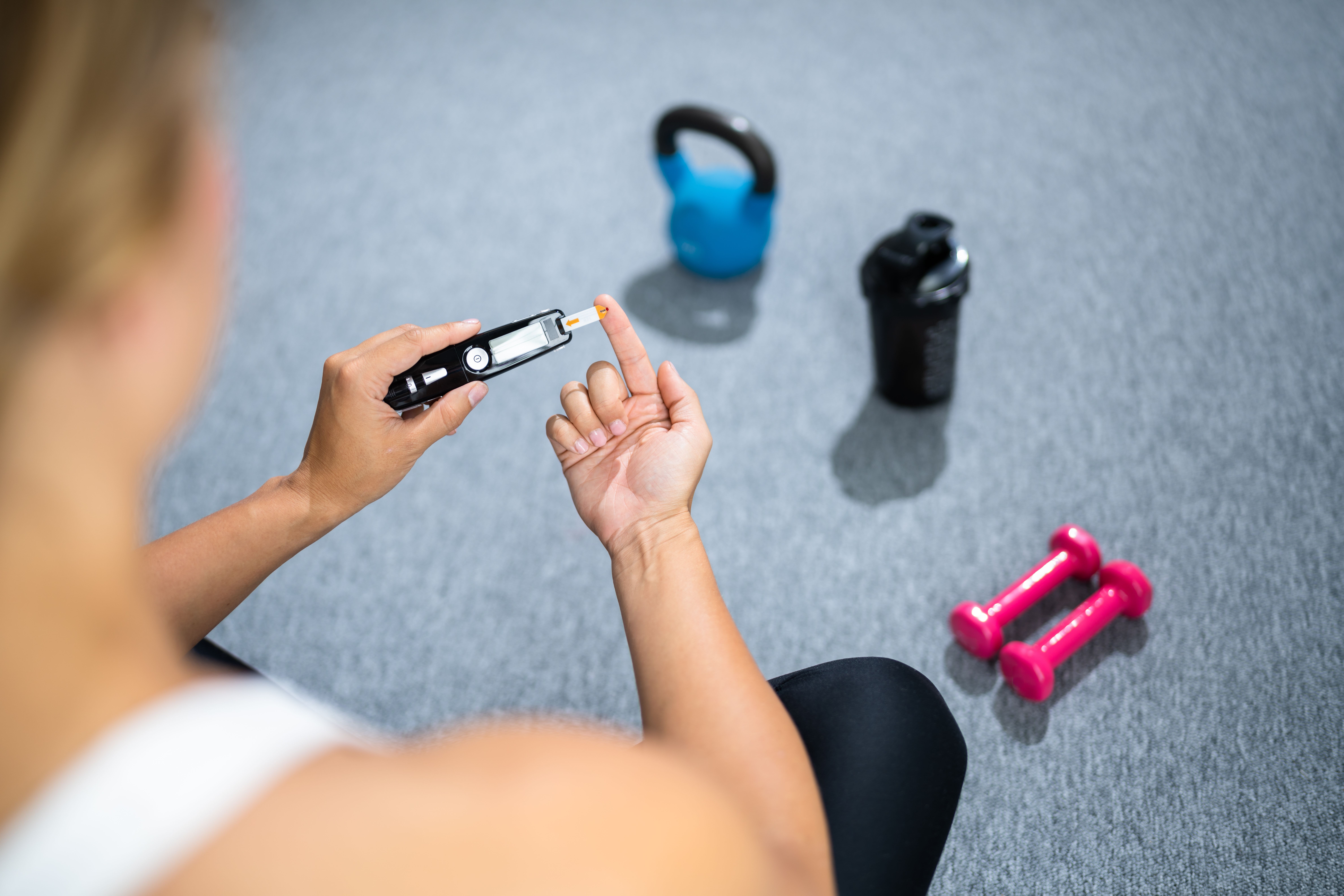How to manage type 2 diabetes daily through exercise?

With diet and behavior modification, exercise, whether aerobic or resistance training, is central to facilitate improved blood sugar regulation.
Benefits of exercise to manage blood sugar
Type 2 diabetes is a health condition that affects the body's ability to process glucose, resulting in high blood sugar levels. This leads to high blood sugar or hyperglycemia, which can cause health complications.
Exercise is often the first lifestyle recommendation made to patients newly diagnosed. Indeed, it provides numerous benefits for people with type 2 diabetes. Regular exercise can help you to:
- Improve blood sugar levels
- Reduce insulin resistance
- Manage your weight
- Boost your overall fitness
- Reduce risk of diabetes-related complications
- Improve blood pressure and cholesterol levels
- Lower your risk of heart disease and stroke
- Improve sleep and mood
- Improve your health, well-being, and quality of life
- Promote healthier skeletal muscle, adipose tissue, and liver and pancreas function
How can exercise impact my blood sugar?
The body breaks down everything you eat to make glucose. Insulin helps glucose enter your cells. In case of type 2 diabetes, the body does not respond as well to insulin.
On the other hand, muscles use glucose as energy when they are exercising. This helps to lower blood sugar levels. The processes the body goes through during exercise also help insulin work more effectively.
Which exercise to choose for better blood sugar management?
Sit less, move more and more often.
All exercise help improve glucose regulation. And any physical activity is better that none, but more is better especially when combined with a reduction in sitting.
The best types of exercise for people with type 2 diabetes depend on:
- The person
- Their regular activity level
- Personal preferences
Aerobic exercise options, such as walking, biking, and swimming, help to improve insulin resistance by increasing insulin sensitivity. Resistance exercise options, such as lifting weights, body-weight exercises, and suspension or resistance training, help to increase lean body mass, decrease fat content, and improve insulin resistance. It is important to do a combination of both aerobic and resistance exercises while choosing activities that are enjoyable so that you can maintain it long term.
In terms, of cadence, the World Health Organization (WHO) recommended to those living with chronic conditions:
- Limit the amount of time spent being sedentary
- Practice moderate intensity exercise at least 150–300 minutes per week
- Practice vigorous intensity exercise at least 75–150 minutes or an equivalent combination of moderate and vigorous intensity exercise
- Practice resistance exercise, such as muscle-strengthening activities at moderate or greater intensity involving all major muscle groups on 2 or more days a week

Here are some examples of exercise you can practice to manage your blood sugar levels:
Walking:
You can meet your recommended minimum target for aerobic fitness by going for a brisk 30-minute walk 5 days per week. Walking can help people with type 2 diabetes lower their blood pressure, glycated hemoglobin (HbA1c) levels, and body mass index.
Cycling:
Can help you meet your fitness goals while minimizing strain on your joints.
Swimming, water aerobics, aqua jogging, and other aquatic activities:
Can give your heart, lungs, and muscles a workout, while putting little stress on your joints. Aquatic exercise can help lower your blood sugar levels, like land-based exercise does.
Team sports:
If you find it hard to motivate yourself to exercise, it might help to join a recreational sports team. Many recreational sports offer a good aerobic workout, such as basketball, soccer, softball, pairs tennis, or ultimate frisbee.
Aerobic dance or other fitness, such as Zumba:
Might help you to meet your exercise goals.
Weightlifting and other strengthening activities:
Help build your muscle mass, which can increase the number of calories you burn each day and help improve your blood sugar control. For this purpose, you can use weight machines, free weights, or even heavy household objects, such as canned goods or water bottles.
Resistance band exercises:
You can perform a wide variety of strengthening activities with resistance bands that are beneficial for your blood sugar control.
Pilates:
This popular fitness program designed to improve core strength, coordination, and balance, may also help improve blood sugar control.
Yoga:
Can help people with type 2 diabetes manage their blood sugar, cholesterol levels, and weight. It might also help lower your blood pressure, improve the quality of your sleep, and boost your mood.
What precautions to take when exercising to manage type 2 diabetes?

To exercise safely, some people with diabetes need to track their blood sugar before, during and after physical activity:
Before exercise:
Exercise can cause too low blood sugar (hypoglycemia) in people with type 2 diabetes who take insulin or other medicines linked with lower blood sugar. In this case, it is recommended to test your blood sugar 15 to 30 minutes before exercising.
During exercise:
Low blood sugar can be a concern, especially for people with diabetes who take insulin, or other medicines linked to low blood sugar levels. If you are planning a long workout, check every 30 minutes if your blood sugar level is stable, rising or falling. That way, you can get a sense of whether it is safe to keep exercising.
After exercise:
Check your blood sugar as soon as you finish exercising and again throughout the next few hours. Exercise draws on reserve sugar stored in your muscles and liver. As your body rebuilds these stores, it takes sugar from your blood. The tougher your workout, the longer it will affect your blood sugar. Low blood sugar can happen even 4 to 8 hours after exercise. Having a snack with slower-acting carbohydrates, such as a granola bar, trail mix and dried fruit, after your workout can help prevent a drop in your blood sugar.
Here is other general advice to consider:
- Ensure you are adequately hydrated before, during, and after exercise
- Do not exercise if you have needed help with recovering from serious low blood sugar in the past 24 hours
- Consider your abilities, start slowly, and talk with your healthcare provider before beginning a new exercise routine
And remember regular physical activity is important, not only for managing type 2 diabetes, but also for promoting your overall health.